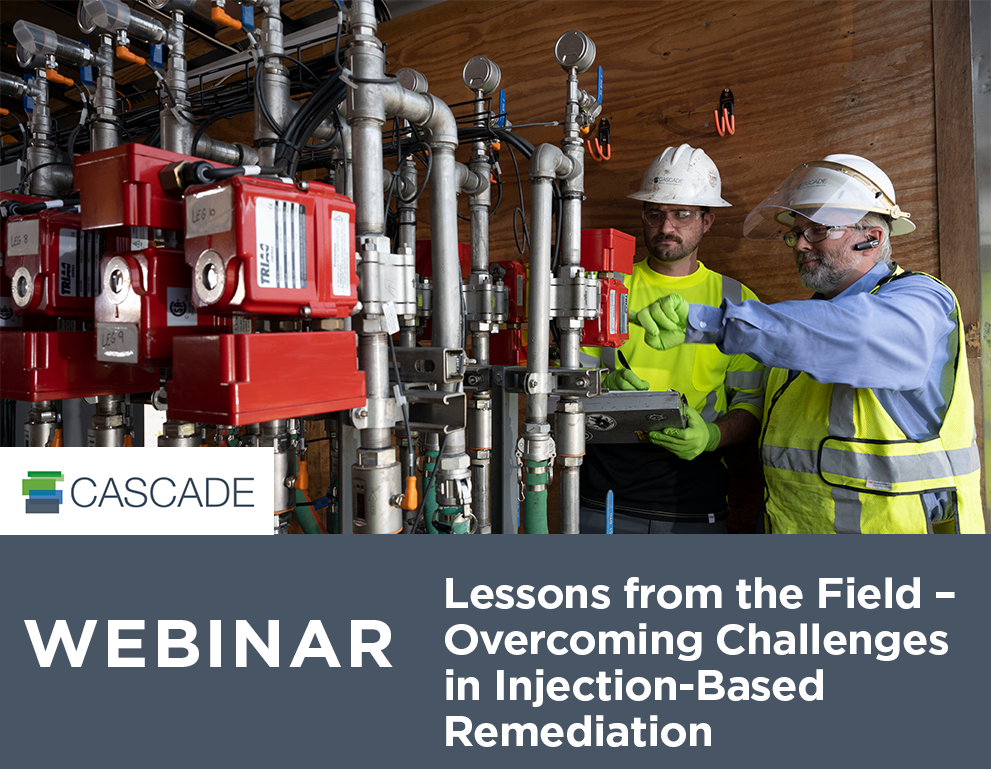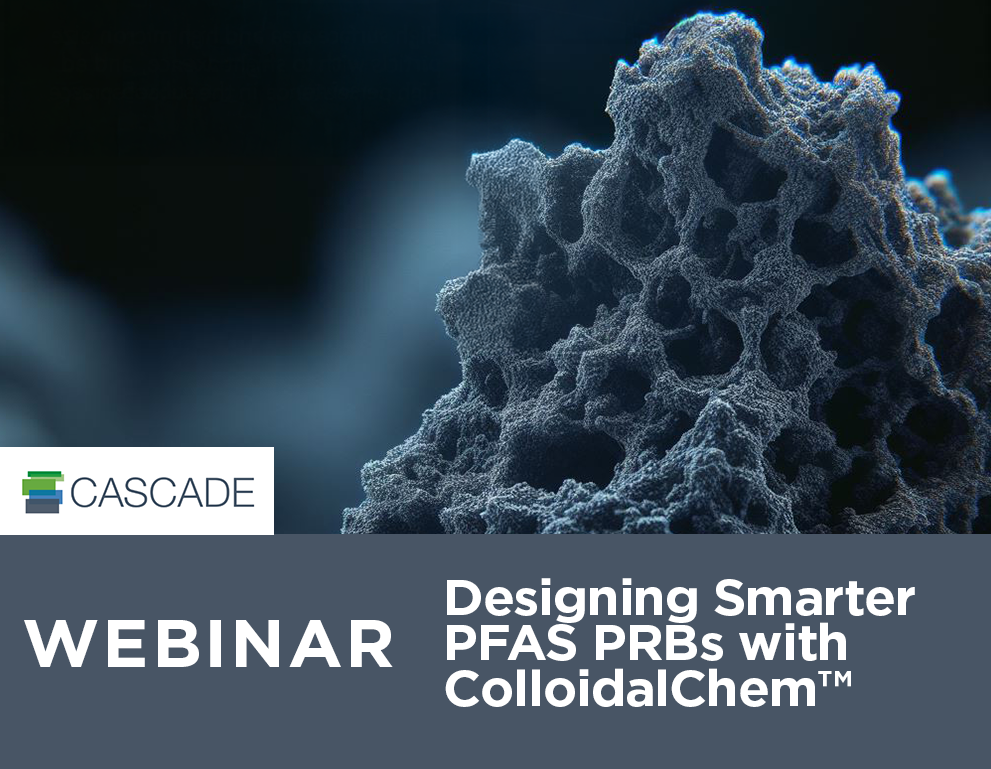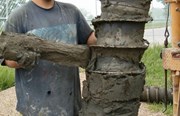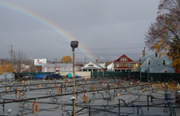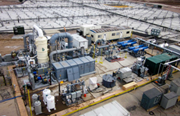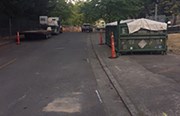Why In Situ Thermal Remediation Should be Considered for Treatment of MGP Sites
By: John LaChanceRemediation of manufactured gas plant (MGP) sites typically target coal tar (which can exist as both LNAPL and/or DNAPL), and is usually treated by excavating and disposing of impacted soils at off-site landfills or treating soils in an on-site or off-site thermal desorption unit. Excavation, however, is not always feasible or desired due to site access limitations (e.g., existing buildings or railroad tracks), odor and noise concerns in urban settings, and the potential for traffic accidents and fatalities associated with the increased truck traffic. In such cases, in situ thermal remediation (ISTR) can eliminate these concerns, provide highly reliable and predictable cleanups, be tailored to the level of treatment required (e.g, eliminate NAPL mobilization risk or achieve low residential soil standards), and importantly, can be safely and cost competitively implemented.
If you’re interested in learning more about treating MGP sites, join me tomorrow for my webinar, When it Makes Sense to Choose In Situ Thermal for Remediation of an MGP Site. I’ll explain in more detail about the criteria you should be using to determine if ISTR is right for your project site, and will take questions from the audience.
There are three ISTR technologies that can be used to treat MGP sites, depending on site geologic and hydrogeologic conditions, the nature of the MGP wastes being targeted, and the remedial goals: electrical resistance heating (ERH), thermal conductive heating (TCH), and steam enhanced extraction (SEE). All three technologies can be used to heat the target treatment volume to ~100°C, which enhances and facilitates four key mass removal mechanisms:
- Reduces the viscosity of the NAPL and makes it more pumpable
- Increases the volatilization of volatile contaminants
- Stream strips higher boiling point compounds
- Causes the desorption of contaminants
Treating MGP sites to 100°C using these technologies, combined with aggressive multi-phase extraction of vapors and liquids (water and NAPLs), can be an effective solution for removing mobile LNAPL and DNAPL. It can also remove the volatile fraction from the remaining mass (BTEX and napthalenes), and lock up the remaining mass in an immobile fraction that does not result in a risk to groundwater or indoor air.
Not all projects are that straightforward, though, and some may require a more tailored solution. For example, if the complete removal of TPH and achievement of stringent soil standards for contaminants like PAHs are required, TCH may be the best solution—as it can be used to heat the treatment zone to 300 to 350°C, addressing the contaminants with a higher boiling point. This approach, however, requires that the targeted treatment interval is above the water table or, if it is below the water table, that groundwater flux into the treatment zone can be controlled (e.g., pumping, sheet pile, or slurry wall). The absence of flowing groundwater is required, since achieving >>100°C requires boiling off all the water present in the target treatment zone first.
Using ISTR solutions for MGP sites reduces risks involved with excavation and transportation of soils, but it also has the potential to reduce costs. A well planned remedy uses a CSM to identify the best technology for each treatment zone and target each with the most appropriate and cost effective option. ISTR also shortens the treatment timeline, reducing costs associated with personnel or lost opportunity for site usage.
If you would like to learn more or have questions about working on MGP sites, register for tomorrow’s webinar, When it Makes Sense to Choose In Situ Thermal for Remediation of an MGP Site.






